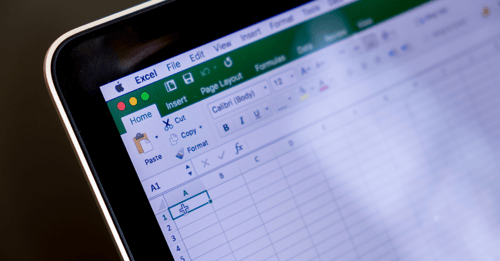Great food, tasty drinks, and even better company – sounds like a perfect dinner party to me! But have you ever hosted one yourself? If yes, you know how much work goes into serving an incredible multi-course meal, (that is perfectly timed) within your budget all the while making sure your guests are having a great time! So what exactly does this have to do with reinsurance system upgrades or migrations? Well, you might be surprised to learn that the steps that go into planning and creating a multi-course meal for guests are similar to the steps that go into migrating from one system to another. I’ll show you exactly how below.
Why migrate your reinsurance system to another or upgrade?
Like there are many reasons to host a dinner party, there are many reasons one might choose to migrate from one reinsurance system to another. Technology is rapidly advancing and many legacy systems designed in the past may not meet your current business needs and can be costly.
Let’s look at more specific examples as to why system migrations take place:
1. If support for the legacy system has reached the end of its life, an upgrade or migration is necessary. This is because the company that makes the operating system has stopped maintaining it or is no longer providing support or updates.
For many of you that use the TAI Reinsurance System for ceded administration, you will know that an accelerated upgrade schedule was introduced. In TAI’s case, they are proactively looking to stay up to date with the latest technology.
2. For more cyber security: Hackers are becoming more and more sophisticated in their ways and unfortunately older technology can be more susceptible to security breaches. This can be extremely costly in terms of time spent dealing with the breach. Not to mention it can compromise your reputation for being able to keep the information confidential.
3. To increase processing capabilities and options. This in turn increases efficiencies in business processes and system controls which means less manual intervention and more accurate data.
Each migration is unique.
Let’s say you asked your dinner party guests to bring a dish and when they showed up you realize one of the dishes is the same as yours. They might seem the same (like two system migrations do) but they are each unique! They were planned and cooked by different people, likely made at different times, and could have been following different recipes. This is similar to a system migration – each one has different resources, stakeholders, plans, and visions in place to make it happen. This is why it requires a great deal of organization. So what exactly is required to host a successful dinner party…..er system migration?
How to Plan a Successful Dinner Party (Reinsurance System Migration)
1. Determine the scope
It starts with research. Look for recipes that have worked in the past. Do you have expertise and resources in house; what were the benefits received; what were the lessons learned that should be included in the scope for a better experience?
Look to top chefs for expertise. Or in the case of reinsurance – reach out to experts for recommendations. We are often invited to lead or work on projects alongside internal experts every day that work to put the right systems in place to help reinsurers operate efficiently.
2. Create a Budget:
How many courses are required, how many people will attend and what are you serving? When it comes to your system migration, you need to create a budget based on how much you are willing to spend. To determine this you need to assess your key drivers. Is it cost, quality or time? Depending on your key driver this will be a major factor in the budget.
3. Determine the invite list
Who is coming to your dinner party? What are their expectations of the night ahead? Do they have any dietary restrictions? This is similar to identifying the key stakeholders of your migration. This step is extremely important because you also need to learn their objectives.
Engaging them early on and identifying what is important to them will result in a more successful outcome.
4. Back up plan
What will you do if someone brings an extra guest? If they are hungrier than expected? If you run out of wine? This is where a Risk Mitigation Strategy comes into play. Essentially, it is your Plan B. Create a set of pre-defined actions that need to occur if adverse impacts occur after your system is implemented in a production environment.
Now that we have gone through the essential steps to planning a successful dinner party (reinsurance system migration) you are ready to build a menu that will accommodate the individual tastes of those involved. What are the key ingredients to use? Find out in my next post!
In need of a system migration but not sure where to get started? Talk to our experts to find a solution that will work for you.


